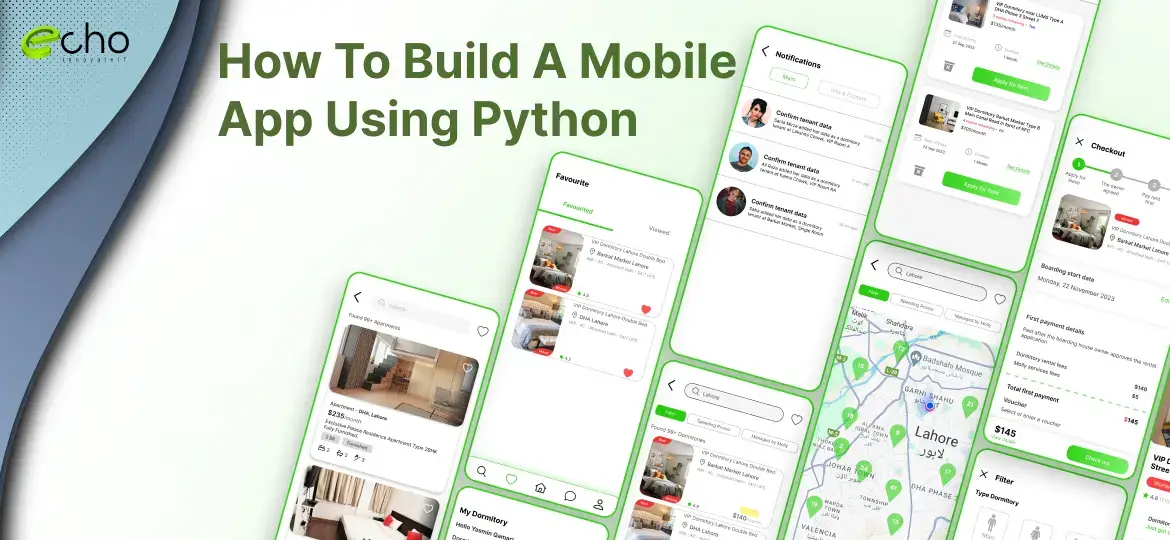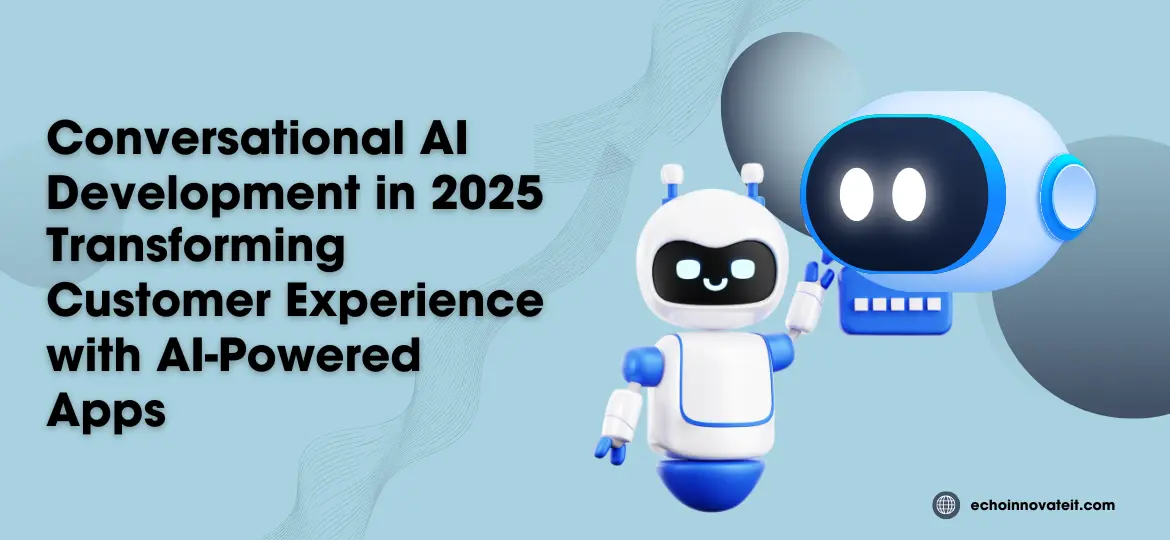Python is one of the most popular programming languages after Java and HTML. It is used by almost 50% of developers worldwide due to its versatility, flexibility, and easy-to-understand style. Its advantages include a supportive library, an open-source nature, and strong community support. Since Python has been so demanding and popular all these years, its use cases are many. One of them is developing a mobile app.
Since today’s blog is about learning how to build a mobile app using Python, let’s understand how you can start with it in detail. But before that, let’s answer the question that comes to mind: why choose Python for app development, and how reliable is it?
Why Choose Python for Developing A Mobile App
Python comes with popular framework choices like Kivy and Beeware. They both offer various advantages for different types of applications. As mentioned earlier, one can quickly develop and run codes on Python with its integration with GUI frameworks. This not only bridges the gap between early app code translators and creating a native app but also allows cross-platform development, which is one of its achievements when we talk specifically about modern Python development. Let’s read out some of the best benefits of using Python in mobile app development:
Clean and Concise Codes
Python provides clean and concise syntax that makes it easy to understand. It improves its readability and reduces the development time and effort. This helps to maintain codes and achieve smooth collaboration.
Active Community for Support
Python has a strong community and a talented pool of developers who can provide various tools, libraries and frameworks. A community also provides the latest solutions and access to better resources. As a result, Python developers may quickly get answers to their problems, interact with others, and take advantage of the language’s latest improvements.
Huge Library of Frameworks
Python has a long list of frameworks and libraries for mobile application development that enable developers to create native-looking programs for various platforms, including Android, iOS, Windows, macOS, and Linux. It includes a set of tools for developing native apps across many platforms.
Iterative Development
Python initiates rapid development, which makes it ideal for fast growth and prototyping. Developers may quickly iterate on ideas and try multiple approaches without devoting unnecessary effort to implementation. This adaptability facilitates speedier experimentation and innovation.
Easy Integration with Backend Systems
Python easily integrates with backend frameworks like Django and Flask. This allows it to handle frontend and backend development easily. Developers can easily make full-stack mobile applications where developers can shorten the development process and maintain uniformity throughout the application.
Steps To Develop A Mobile App Using Python

So far, you have understood the ultimate benefits of Python in mobile development. Now, let’s come to the central part. How to get started? Let’s decode it in six simple steps:
Choosing A Desired Framework
In the initial phase, you can choose a framework. Python provides various tools and frameworks like Kivy, BeeWare, PyMob and Chaquopy that offer diverse features and are ideal for different applications. It would help if you also decided whether to choose iOS or Android for mobile development. Choosing a framework is crucial to move to the next step, where you will run the codes and create the framework accordingly.
Creating A Development Environment
After deciding on a framework, creating a favourable environment is critical. This includes installing Python, the chosen framework, and necessary tools such as an IDE (Integrated Development Environment), a version control system (Git), and testing emulators or simulators.
Design The UI And UX
The next phase focuses on developing the UI and UX of your mobile app. This includes designing the app’s layout, visual elements, and user interactions. Kivy, for example, offers a comprehensive set of UI components for creating visually appealing interfaces.
Developing The App’s Logic
After developing the user interface, Python is used to create the app’s basic logic. This entails writing code to accept user input, process data, and execute the necessary functionality.
Rigorous Testing And Debugging
Evaluate your app; the development process must include testing. You must thoroughly test your software to ensure everything works as it should and identify any bugs or issues. Rigorous testing is essential to ensure the app’s dependability and efficiency.
Unit testing validates separate components, whereas integration testing evaluates how different app pieces interact. User testing provides valuable input from real users to help discover usability issues. Debugging tools assist in detecting and correcting mistakes.
Deployment And Post Maintenance
Once the program has been tested and optimized, publishing it to the appropriate app stores is time. You can deploy your app whenever you are satisfied and have completed rigorous testing. Again, the approach will vary depending on the framework you choose. After deployment, monitoring app performance, responding to user input, and delivering regular updates are critical to ensuring a high-quality app experience.
8 Successful Mobile Apps Developed Using Python
Since you plan to begin your mobile app development journey with Python, you must know the list of mobile apps built with Python frameworks. Trust me, you know all these apps and must use one or two daily.
Check them out!
Instagram
Pinterest
Uber
Spotify
Reddit
Dropbox
Quora
Disqus
Conclusion
In conclusion, we can say that Python has several advantages, such as a vast library, readability, simple codes, backend support, cross-platform functionality, and dynamic tools so that you can create highly functional mobile applications easily. Once you have learnt the procedure to develop a mobile app with Python, you must find company support to help you develop a mobile app with Python. Echoinnovate IT is a reputed custom app development company providing top-notch solutions to various businesses for more than ten years.
Contact us today if you have a unique mobile app idea or want expert guidance about it in detail.
Also Check:
FAQs- How To Build A Mobile App Using Python
Can you build mobile apps with Python?
Yes, you can build mobile apps with Python using frameworks like Kivy, BeeWare, and PyQt. These tools allow Python code to be compiled into native code for Android and iOS platforms.
What are the best Python frameworks for mobile app development?
Popular frameworks include Kivy (great for cross-platform apps with custom UI), BeeWare (for native apps on both Android and iOS), and PyQt (good for complex GUIs). Each has unique features, so your choice depends on the app’s needs.
Can Python mobile apps be published on Google Play and the App Store?
Yes, Python apps can be published on both Google Play and the App Store, although additional steps are required to convert the Python code into a native app format using frameworks like Kivy and BeeWare.
Is Python suitable for building high-performance mobile apps?
Python is not traditionally as fast as languages like Swift or Java for mobile apps, but it’s suitable for many types of applications, particularly where high-speed performance is not critical.



